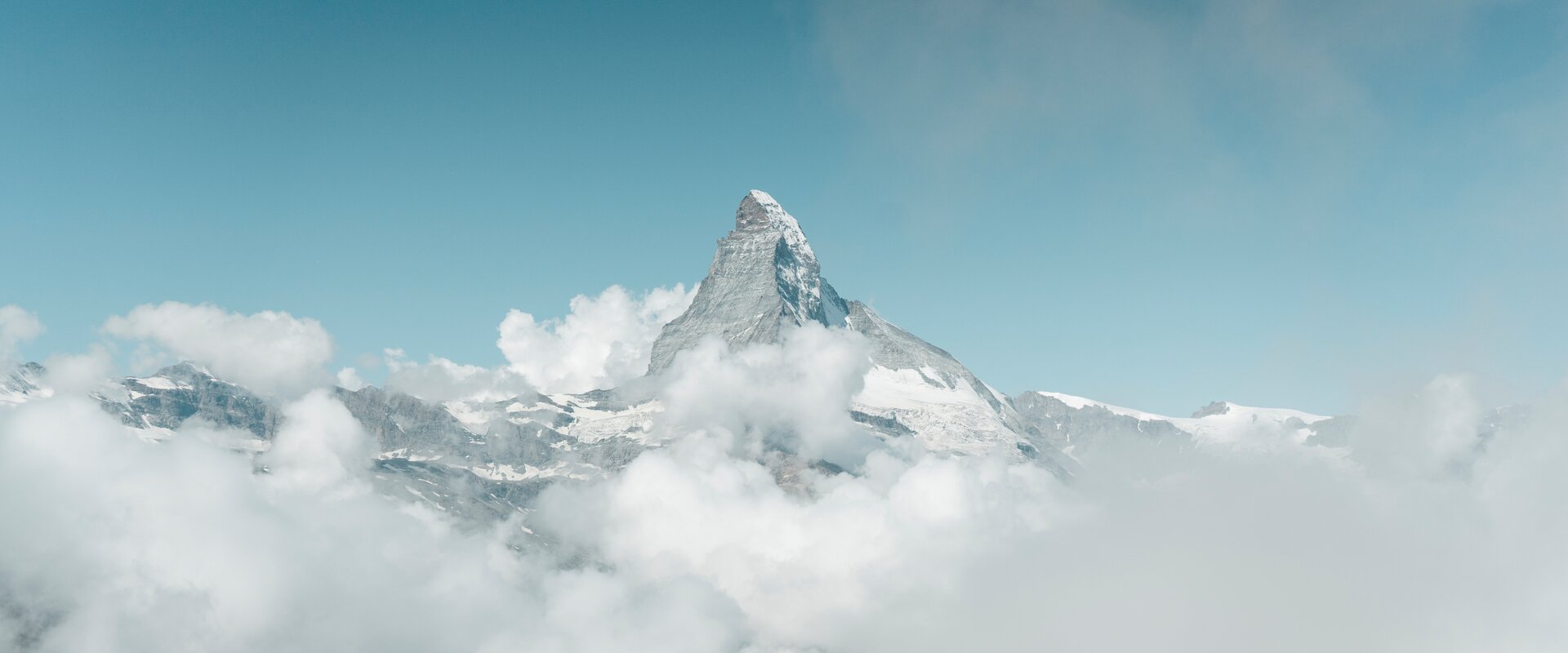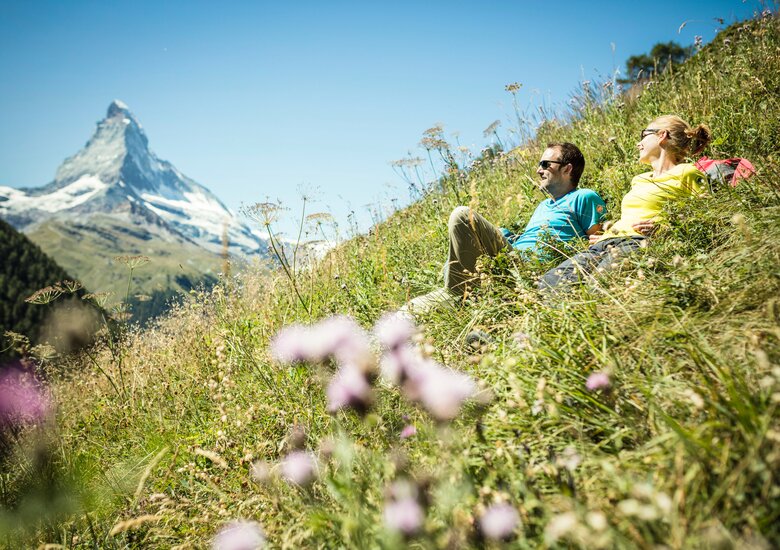Slopes of virgin snow away from the marked pistes are a paradise for freeriders, yet they are also a habitat for many wild animals. Inevitably, there will be conflicts between the interests of nature and humans. Possible consequences: People participating in winter sports may startle hibernating animals or cause damage to protective forests with their equipment.
For this reason, the Swiss cantons have designated certain areas as wildlife sanctuaries and nature reserves to protect flora and fauna from excessive human intrusion. Legally enforced sanctuaries are areas which may either be closed entirely to the public during the winter or in which only designated routes may be used. Infringements are punishable by law.
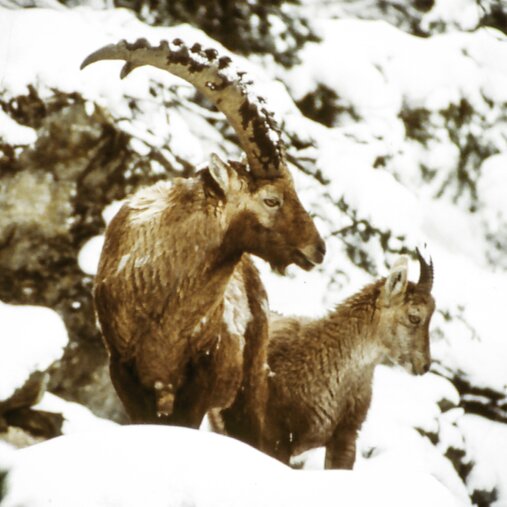
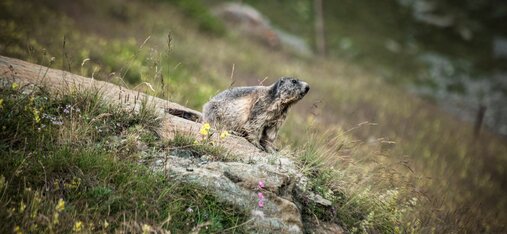

Four rules to preserve nature:
- Respect wildlife sanctuaries and conservation areas
- Stay on marked routes and paths in forests
- Keep away from the outskirts of forests and snow-free areas
- Keep your dog on a lead - especially in forests
Source: "Respect your boundaries" campaign by BAFU (Swiss Federal Environment Office) and SAC (Swiss Alpine Club)
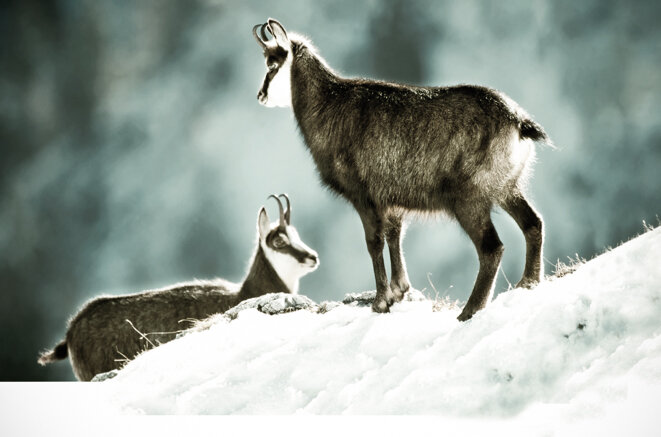
forest and wildlife conservation areas in Zermatt
Zermatt has six protective forests and ten areas designated as wildlife sanctuaries. These are home to black grouse, chamois, deer, alpine hares, ptarmigan and ibex. A detailed overview of Zermatt's conservation areas and the animals living there can be found on the Forest and Wildlife Sanctuaries map.
Map as PDF
Unique experiences in Matterhorn paradise
The flora of Zermatt
No fewer than 40 local species of plant are only rarely found in other parts of Switzerland, and seven of these are actually endemic to the region (in other words, their habitat is a clearly delimited area and they are not found anywhere else in the world).
Next time you go for a walk in Zermatt, keep an eye on the plant life, and who knows, you may be able to spot one of these rare species yourself.
